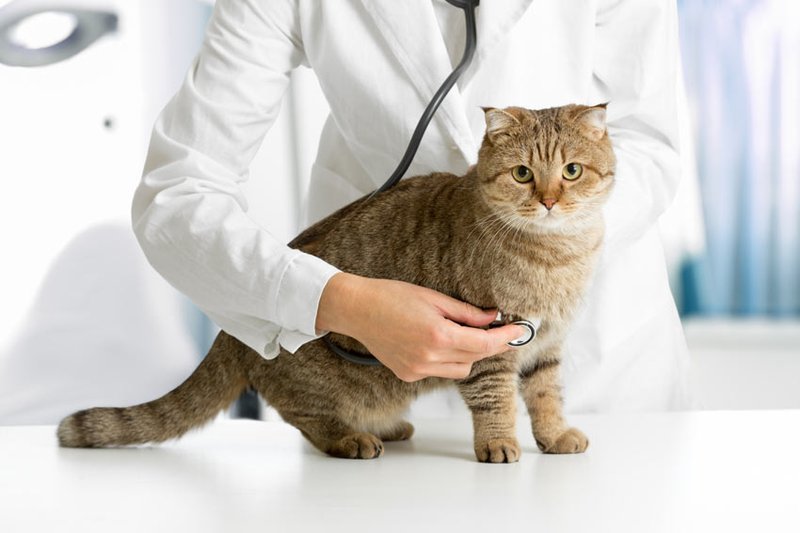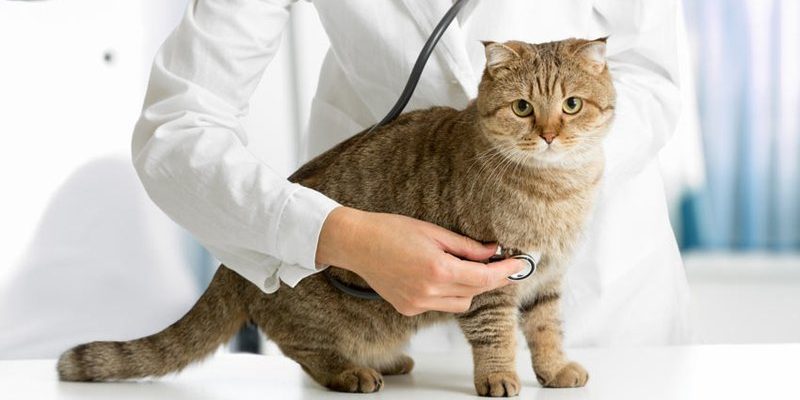
Picture this: your cat is acting a little off, maybe hiding more than usual or not showing interest in their favorite toy. It’s easy to brush these behaviors off, but they could be signs of something more serious. Knowing when to visit the vet is key in ensuring your kitty stays as happy and healthy as possible. Let’s dive into some common cat health problems and help you figure out when you should consider a trip to the vet.
1. Vomiting and Diarrhea
One of the most common health issues for cats is gastrointestinal upset, which can show up as vomiting or diarrhea. Sometimes, it’s just a simple case of them eating a little too fast or getting into something they shouldn’t. But other times, it could symbolize a more serious condition, like parasites or infections.
If your cat vomits once and acts normal afterward, it might not be a big deal. However, if you notice repeated episodes or your cat seems lethargic or not eating, that’s your cue to call the vet. Here’s a good rule of thumb: if you’re worried, it’s worth checking out. It’s always better to be safe than sorry with your furry buddy.
2. Changes in Appetite
Just like us, cats can experience changes in their appetite. A sudden increase or decrease in how much they eat can signal a health issue. For instance, if your cat is suddenly ravenous, it could indicate conditions like diabetes or hyperthyroidism. Conversely, if they’re turning their nose up at meals, it could be linked to dental problems or a more serious illness.
Pay attention to their eating habits. Here’s the thing: cats thrive on a routine, so any significant shift can be a red flag. Keeping track of how often your cat eats or if they seem picky can help you communicate important details to your vet.
3. Weight Changes
Another common issue cats face is weight fluctuations, which can be harder to spot if your kitty is fluffy. An unexpected weight loss can indicate serious health problems, such as cancer or kidney disease. It’s concerning if your cat looks skinnier than usual or if their ribcage feels more prominent.
On the flip side, weight gain can also be an issue, often leading to obesity, which can cause diabetes and joint problems. If you notice your cat is gaining or losing weight unexpectedly, make a note and discuss it during your next vet visit. Here’s a tip: regular weigh-ins at home can help you keep track of their health over time.
4. Respiratory Issues
When your cat starts coughing, sneezing, or wheezing, it can be a cause for concern. Cats can develop respiratory infections, allergies, or even asthma. You might notice some nasal discharge or a change in their breathing pattern, which can be alarming.
If your cat seems to have trouble breathing or exhibits labored breaths, it’s time to get to the vet ASAP. Cats can be pretty good at hiding discomfort, but if you see something off, trust your instincts. It’s always better to err on the side of caution, especially with respiratory issues.
5. Changes in Litter Box Habits
While it might seem like a small detail, changes in your cat’s litter box habits can reveal a lot about their health. If your cat is suddenly going outside of the box or straining to urinate, pay close attention. Issues like urinary tract infections or blockages can occur and may require immediate veterinary attention.
It’s definitely worth keeping an eye on their bathroom habits. If you notice any changes that concern you, jot down your observations. Your vet will appreciate having those details when diagnosing your cat’s condition.
6. Skin Issues
If your cat is doing a lot of scratching, biting, or over-grooming, it could be a sign of skin issues. Common problems include fleas, allergies, or even skin infections. While a little grooming is normal, excessive scratching can lead to open wounds or infections, which can be serious.
Here’s an important point: If you notice hair loss, redness, or any unusual bumps on their skin, it’s time to consult with a vet. Getting on top of skin problems early can prevent discomfort and additional health complications.
7. Behavioral Changes
Sometimes, the most worrying signs aren’t physical but behavioral. If your cat is acting unusually aggressive, withdrawn, or anxious, it might be a signal that something’s wrong. Stress, pain, or underlying health issues can drastically affect a cat’s behavior.
If you notice a shift in their attitude, take a moment to assess the situation. Are there any new stressors in their environment? Changes in routine, new pets, or even changes in your household can impact their well-being. If the behavior persists, consider discussing it with your vet.
8. Regular Check-Ups Are Key
While it’s essential to know when to visit the vet, regular check-ups are just as important. For healthy cats, a trip to the vet once a year can catch issues before they become bigger problems. These visits often include vaccinations, dental checks, and general wellness assessments.
Feel free to use these visits to ask questions about any changes you’ve noticed in your cat, from their coat condition to their weight. The vet can help guide you on what to keep an eye on as your cat ages.
In closing, being a cat parent means being attentive. By understanding common cat health issues and knowing when to visit the vet, you can help your feline friend lead a happy, healthy life. Trust your instincts, keep an eye on their behavior, and don’t hesitate to reach out to your vet when something seems off. Cats may be experts at hiding their discomfort, but as their loving human, you can be their best advocate.

